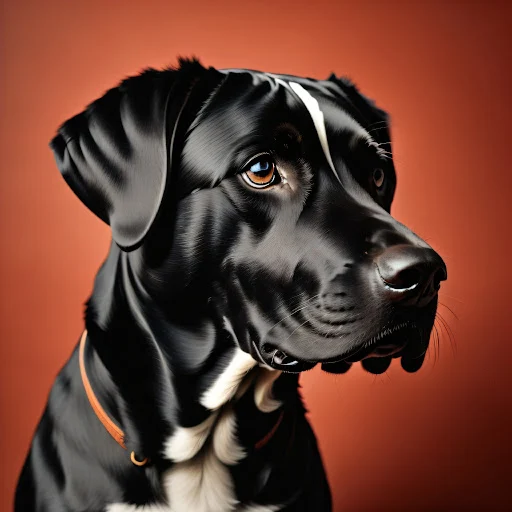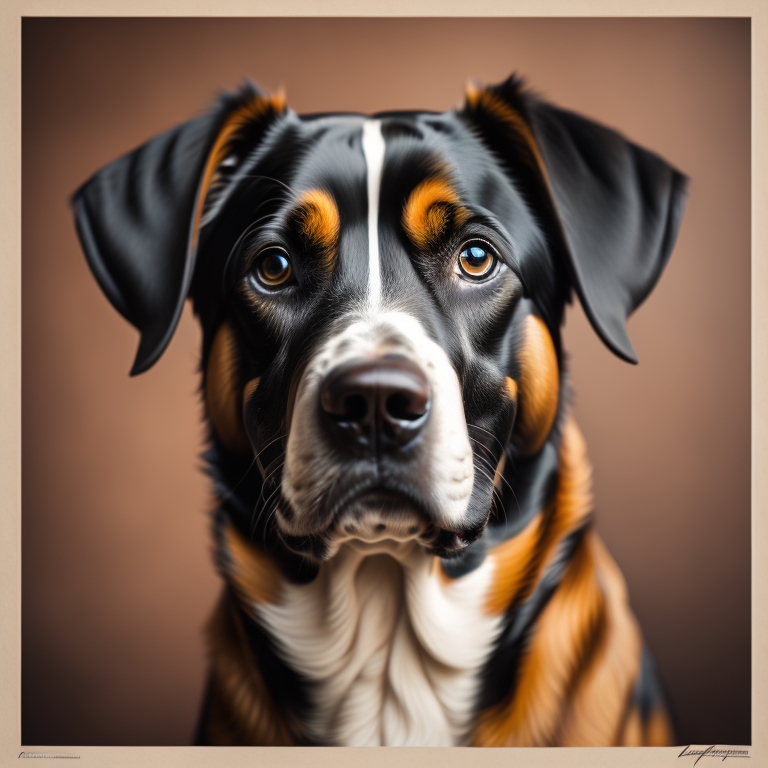Introduction:
As responsible dog owners, it is our duty to create a safe and secure environment for our beloved four-legged companions. While our homes may seem like a sanctuary, they can harbor hidden hazards that pose risks to our dogs' well-being. In this informative article, we will explore common household hazards that can threaten our dogs' safety and provide practical strategies to mitigate these risks. By being aware of potential dangers and taking proactive measures, we can ensure a hazard-free living space for our furry friends, fostering their health and happiness.
1. Toxic Substances:
Many household items, including cleaning products, certain plants, medications, and human foods, can be toxic to dogs. Safeguard your dog's well-being by storing chemicals and cleaning agents securely out of reach, keeping potentially harmful plants out of their reach, and being knowledgeable about foods that are toxic to dogs, such as chocolate, grapes, and onions.
2. Electrical Cords and Wires:
Exposed electrical cords and wires pose a risk of electrocution or choking for curious dogs. Conceal or secure cords along walls or use cord protectors to prevent access. Additionally, discourage chewing behaviors through training and by providing appropriate chew toys.
3. Small Objects and Choking Hazards:
Dogs are naturally inclined to explore their environment through their mouths, making small objects potential choking hazards. Keep small items, such as buttons, coins, batteries, and children's toys, safely stored away to prevent accidental ingestion.
4. Open Flames and Heating Appliances:
Candles, fireplaces, and space heaters can be dangerous if left unattended or accessible to dogs. Install protective barriers around fireplaces, use flameless candles, and never leave open flames or heating appliances unsupervised.
5. Sharp Objects:
Sharp objects, such as knives, scissors, and needles, should be kept in secure drawers or cabinets to prevent accidental injuries. Regularly check your living areas for any misplaced sharp objects that may pose a risk to your dog's safety.
6. Trash and Garbage:
Dispose of household trash promptly in secure containers to prevent dogs from accessing potentially harmful items, such as spoiled food, bones, or toxic substances. Use dog-proof trash cans or keep trash bins behind closed doors to limit your dog's access.
7. Open Windows and Balconies:
Open windows or unsecured balconies can present a falling hazard for dogs, especially those with a penchant for exploring. Use window screens or limit access to balconies to prevent accidents or falls.
8. Household Chemicals:
Common household chemicals, including detergents, disinfectants, and pesticides, can be toxic to dogs. Store these items in locked cabinets or high shelves, away from your dog's reach. Ensure proper ventilation when using chemicals to minimize exposure risks.
9. Unsecured Doors and Gates:
Accidental escapes can occur if doors or gates are left open or improperly secured. Regularly check doors and gates for any signs of weakness or damage, and ensure they close and latch securely to prevent your dog from wandering outside unsupervised.
10. Hot Surfaces and Extreme Temperatures:
Hot surfaces, such as stovetops, radiators, or sun-soaked areas, can cause burns or discomfort to dogs. Create designated pet-safe areas in your home, away from extreme temperatures or hot surfaces, and provide access to cool water and shade during hot weather.
Conclusion:
By familiarizing yourself with potential household hazards and implementing preventive measures, you can significantly reduce the risks posed to your dog's safety and well-being. Regularly assess your living space for potential dangers, and take proactive steps to eliminate or minimize them. A safe home environment allows your dog to thrive and enjoy a worry-free life, knowing that their health and
safety are your top priorities.


